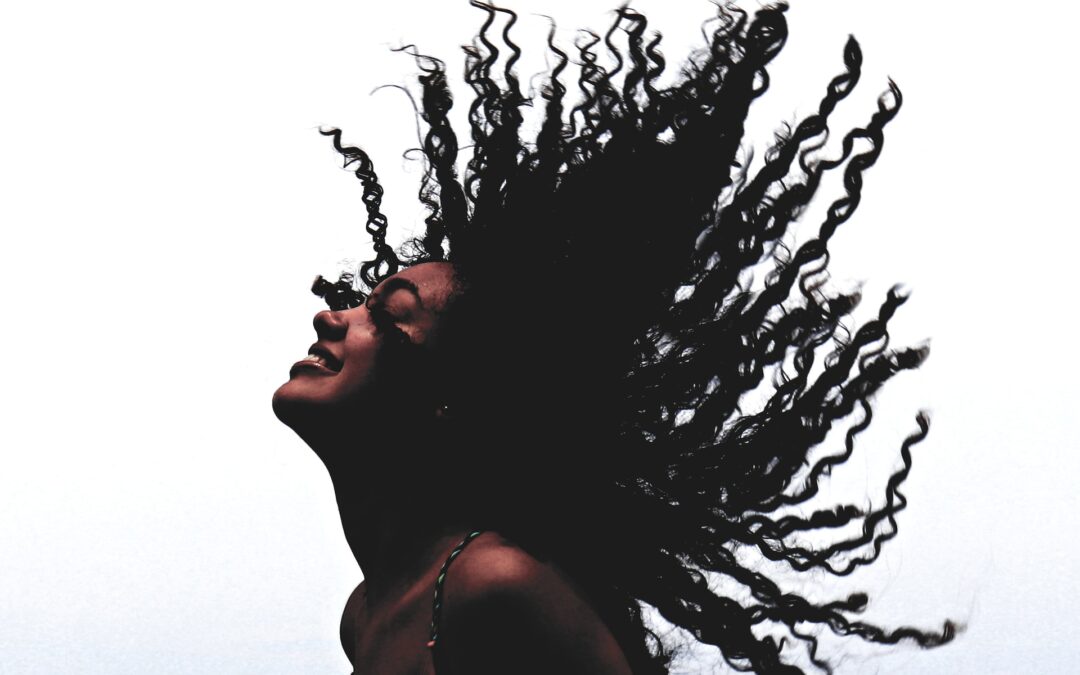Hair braiding is a popular and versatile hairstyle for individuals with natural hair or transitioning to natural hair. It offers a wide range of options for styling and protecting the hair, while also showcasing the beauty and uniqueness of natural textures.
Natural hair refers to hair that has not been chemically altered or relaxed. It is characterized by its unique curl patterns and textures, which can vary from loose waves to tight coils. Transitioning hair, on the other hand, refers to hair that is in the process of growing out from chemically processed or relaxed hair to its natural state.
One of the main benefits of hair braiding for natural or transitioning hair is its ability to protect it from damage and breakage. Braids can provide a shield against external elements such as environmental factors, heat styling, and manipulation. This is especially important for individuals with natural hair, as their delicate strands are more prone to dryness and breakage.
Furthermore, hair braiding allows for low-manipulation styling, which means less tugging and pulling on the hair. This can help reduce the risk of hair damage and promote healthy hair growth. By keeping the hair in braids, especially protective styles like box braids or cornrows, individuals can minimize the need for daily styling, reducing the risk of breakage caused by excessive manipulation.
In addition to their protective benefits, braided hairstyles offer endless styling options and versatility. They can be customized to suit individual preferences and can be adorned with beads, ribbons, or other accessories to add a personal touch. From simple cornrows to intricate designs, the possibilities are endless.
Braided hairstyles can be particularly beneficial for those transitioning to natural hair. They help to conceal the two different textures of hair during the transition, making the process less noticeable and more manageable. This can be a confidence booster for individuals who may feel self-conscious about their transitioning hair.
Moreover, braided hairstyles can help to retain length and prevent breakage during the transition process. As the hair grows, managing the two different textures can be challenging, leading to breakage and frustration. By keeping the hair in braids, individuals can protect their fragile ends and maintain length as they grow out their natural hair.
However, it is important to note that proper hair care is essential when wearing braided hairstyles. While braids can be protective, they can also cause damage if not cared for correctly. It is crucial to moisturize the hair and scalp regularly to prevent dryness and breakage. This can be done by using a lightweight oil or moisturizer and massaging it into the scalp and braids.
Additionally, avoiding leaving braids in for an extended period is essential. While braids can be worn for several weeks, leaving them in for too long can lead to hair breakage and tension alopecia. It is recommended to remove and restyle the hair after six to eight weeks to give the hair a break and allow it to breathe.
In conclusion, hair braiding is a versatile and protective hairstyle for individuals with natural or transitioning hair. It offers numerous styling options while also promoting healthy hair growth and protecting the hair from damage. By incorporating proper hair care practices and regular maintenance, individuals can enjoy the beauty and benefits of braided hairstyles while maintaining the health and integrity of their natural or transitioning hair.

